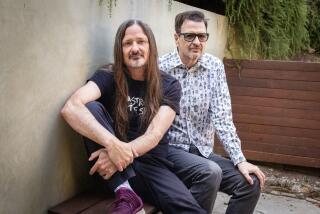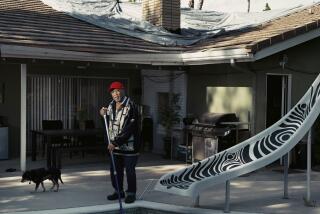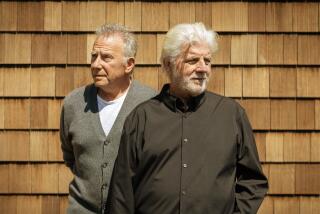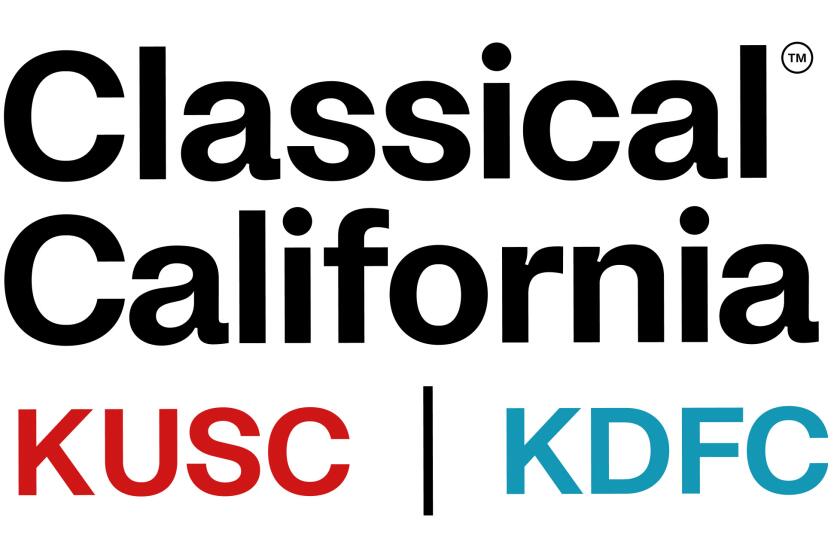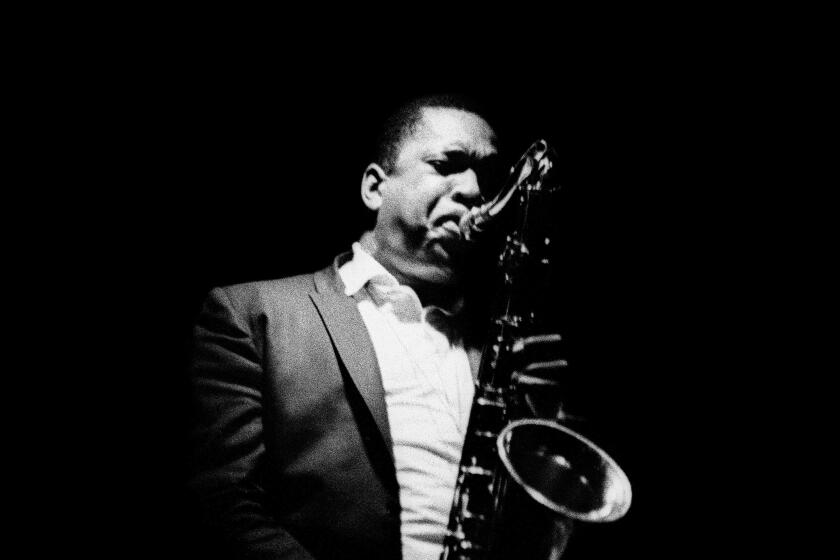McDonald to Play at Sea World : Yes, There Is Life After Doobie Brothers
- Share via
SAN DIEGO — When singer-keyboardist Michael McDonald first bought into the Doobie Brothers in 1975, he had no idea that he would soon mount the musical equivalent of a corporate takeover.
“I saw (joining the band) as a really unique opportunity,” said McDonald, who previously had been a struggling Los Angeles nightclub and session musician. “They were a well-known rock group with an international following, and I was hired for no other reason than to play their music.”
Before long, however, McDonald--who kicks off Sea World’s six-month concert series Saturday night with a solo performance at the San Diego marine park’s Nautilus Amphitheater--was given a controlling interest in the Doobie Brothers. He wrote nearly all the band’s subsequent hits, infectious rhythm-and-blues tunes like “Real Love,” “Takin’ It to the Streets,” and “Minute by Minute.”
With his bluesy tenor and keyboard dexterity, McDonald single-handedly transformed the Doobies from a popular country-blues band into an even more popular jazz-inflected white funk group.
“As soon as I joined the band, I found out they were very open to my original material,” McDonald said. “They were very anxious to change direction. They still wanted to play rock ‘n’ roll, but with a different slant.
“So right away, I led them down a more soulful path. I began writing and singing and playing the kind of music I really hadn’t had the chance to write and sing and play while performing in L.A. rock clubs and doing pop-session work. And judging from record sales and radio airplay, this change in direction seemed to work.”
It comes as no surprise, then, that when the Doobie Brothers broke up in 1981, McDonald was voted most likely to succeed on his own by his former band mates as well as by critics.
Since then, he has more than lived up to those high expectations by racking up a string of Top 40 hits, both as a solo artist--1982’s “I Keep Forgettin’ (Every Time You’re Near)” and 1986’s “Sweet Freedom”--and in duets with Patti LaBelle, Nicolette Larson and James Ingram.
In addition, McDonald has produced albums by his wife, pop singer Amy Holland, and MCA recording artists Delta. He has also scored motion-picture sound tracks for “Running Scared” and, with Kenny Loggins, the soon-to-be-released “Presidio,” starring Sean Connery and Mark Harmon.
Later this year, McDonald said, Warner Brothers Records will release his third solo album, the long-awaited follow-up to “No Looking Back,” which came out in August, 1986.
“I guess I’ve just been taking my time with recording, mostly because I’ve been so busy with other things, like touring, producing and writing songs for movies,” McDonald said. “But at this point, I’m anxious to get back into it.”
Born in St. Louis, Mo., McDonald grew up listening to Irish ballads like “Danny Boy” and “I’ll Take You Home Again, Kathleen” that his father would sing at family gatherings.
From there, he said, it was a “natural progression” into the rhythm-and-blues songs by Ray Charles, Marvin Gaye and other black artists of the 1950s and early ‘60s that he covered in a succession of junior high school and high school bands.
“I was attracted to black music for the same reason that I loved those old Irish ballads,” McDonald said. “Both were social statements of sorts, and both were indigenous to their respective cultures: Ireland, where my father had grown up, and towns like St. Louis along the Mississippi River, where I was growing up.”
By the late 1960s, McDonald had graduated to St. Louis nightclubs and was performing mostly original rhythm-and-blues material. In 1970, he was “discovered” by a talent scout for RCA Records and was offered a recording contract. With high hopes, McDonald recalled, he promptly moved to Los Angeles to begin work on his first album.
“But that album went nowhere,” he said, “so I decided to stick around L.A. and gradually became ingrained in the local music scene, playing various clubs and doing as much session work as I could find--all the while, waiting for another break.”
McDonald’s second break came in 1975, when he was asked to join the Doobie Brothers by the group’s guitarist, Jeff (Skunk) Baxter.
“Jeff and I had worked together on several Steely Dan albums in the early 1970s,” McDonald said. “And when he brought me into the Doobie Brothers, I was thrilled. I had always enjoyed their music and welcomed the chance to get out of the L.A. rock club scene . . .
“I never expected that before long I would be writing, singing, and playing their biggest hits--and doing so in the soulful vein I had always loved the most.”
More to Read
The biggest entertainment stories
Get our big stories about Hollywood, film, television, music, arts, culture and more right in your inbox as soon as they publish.
You may occasionally receive promotional content from the Los Angeles Times.
